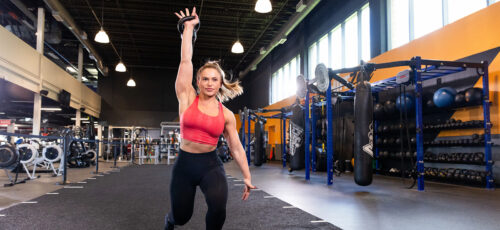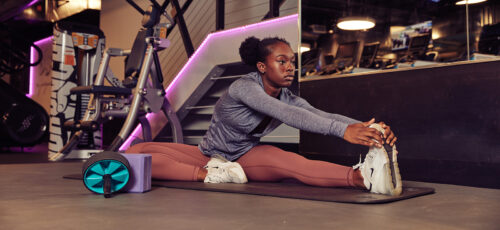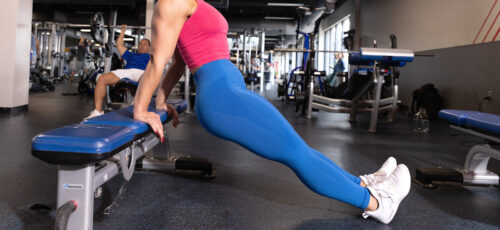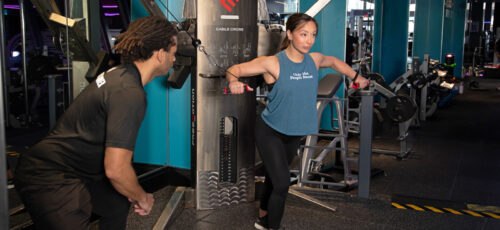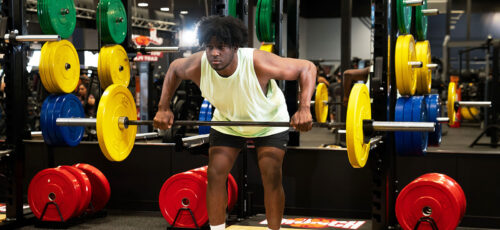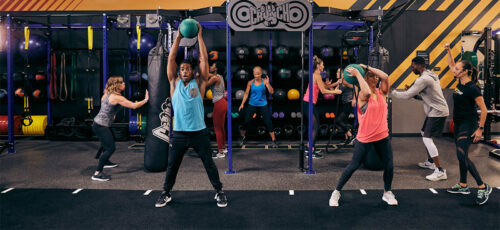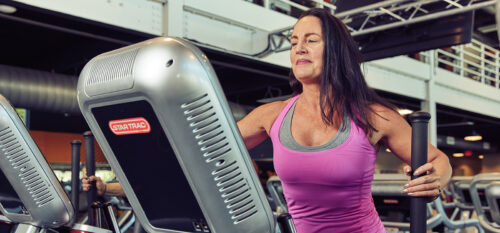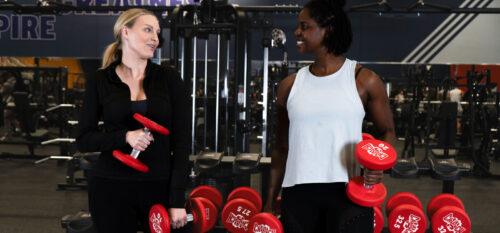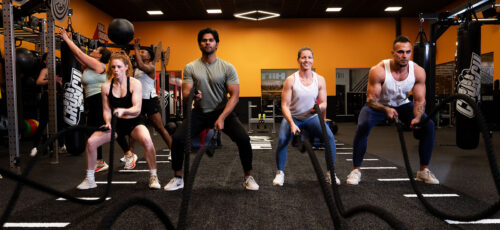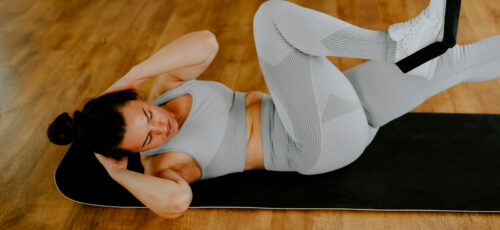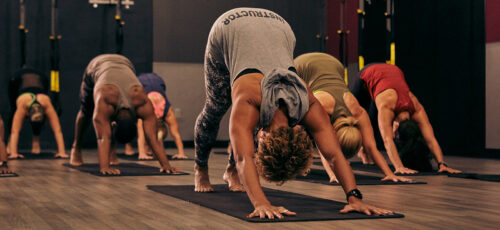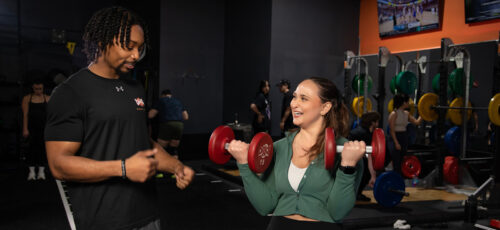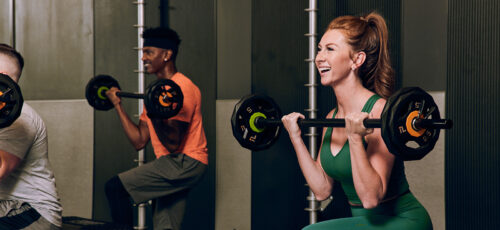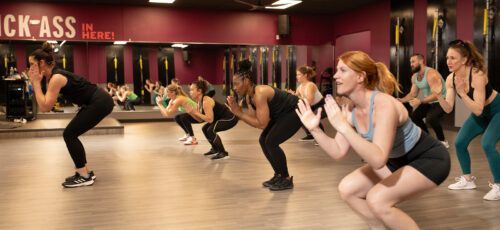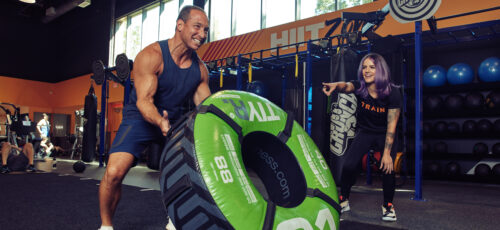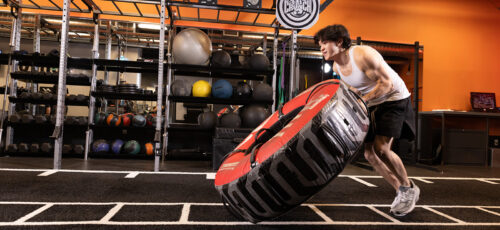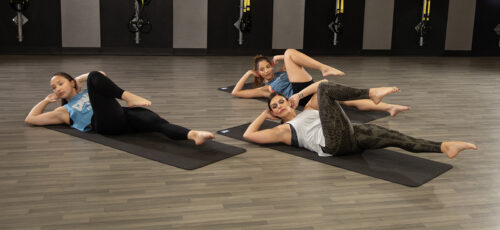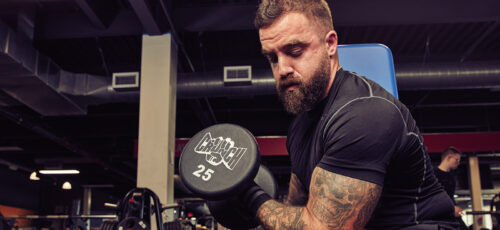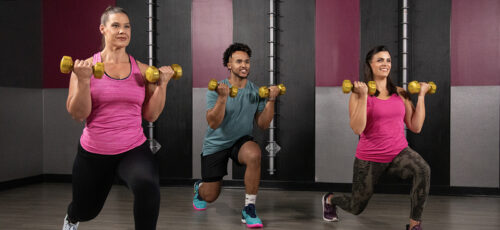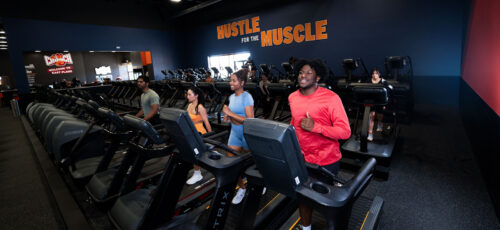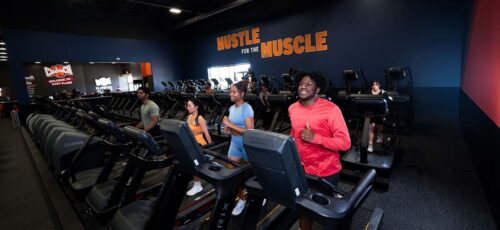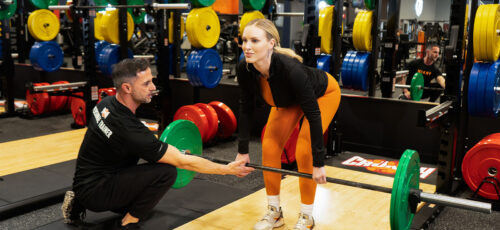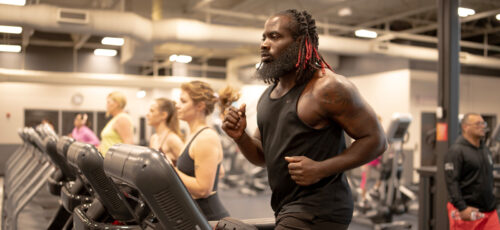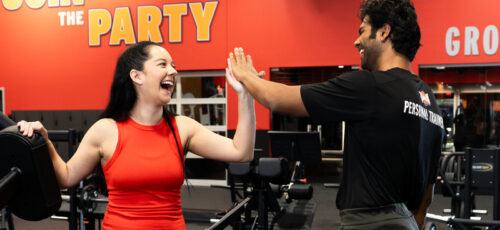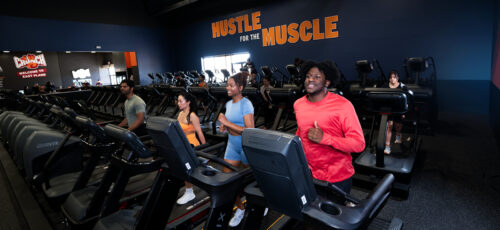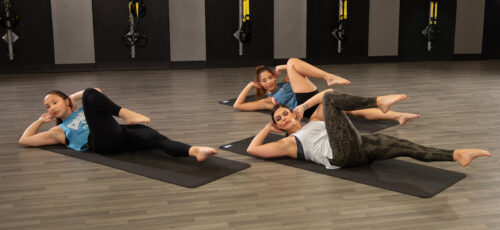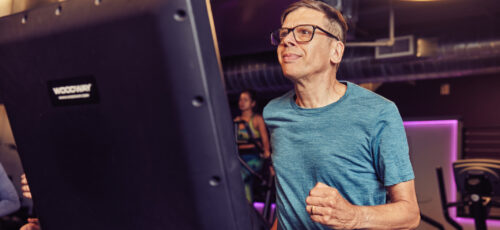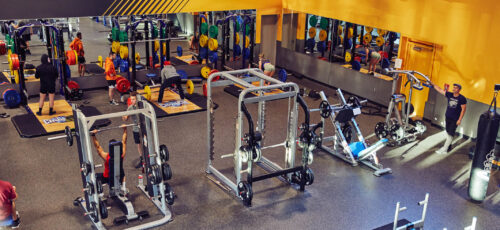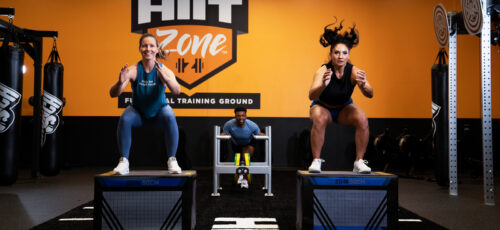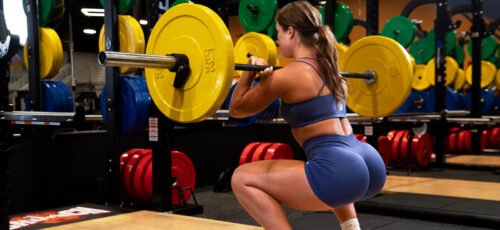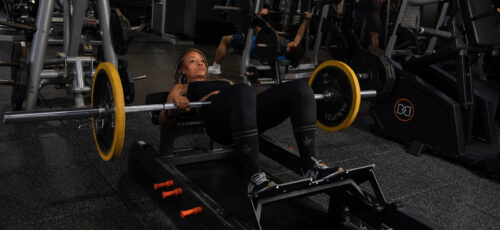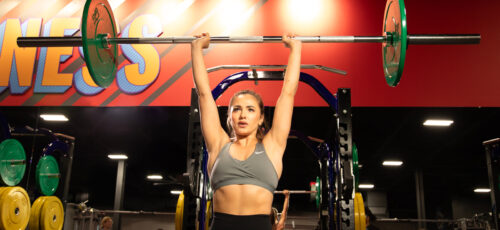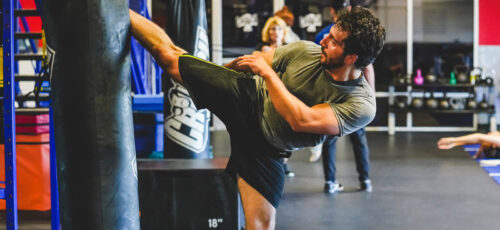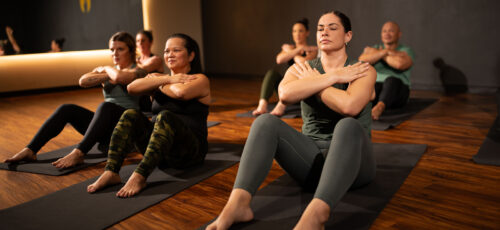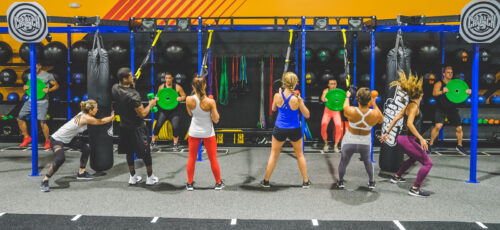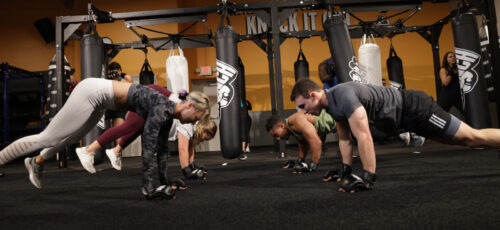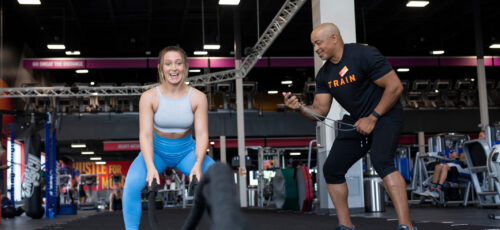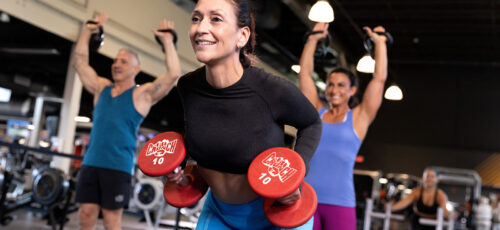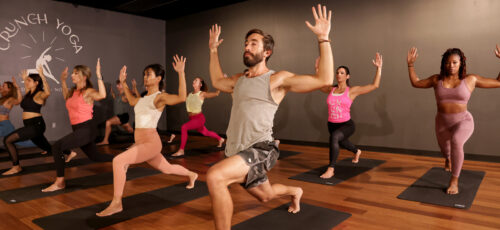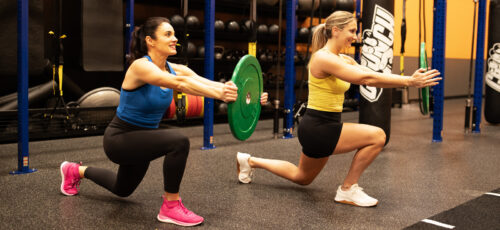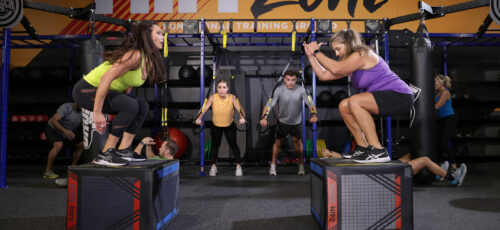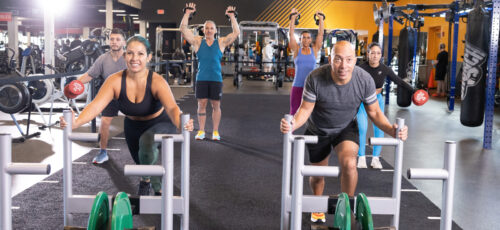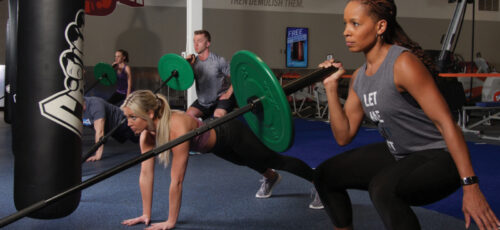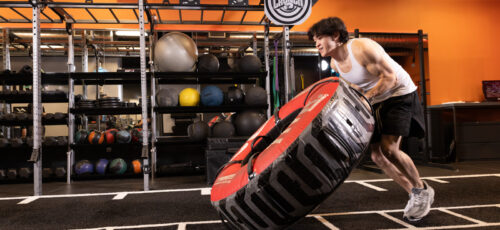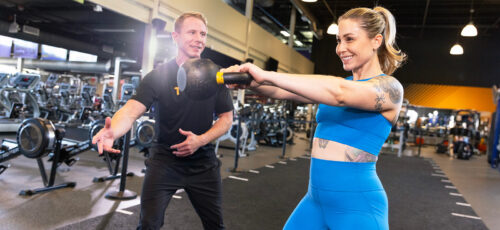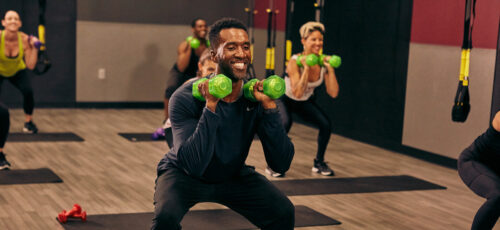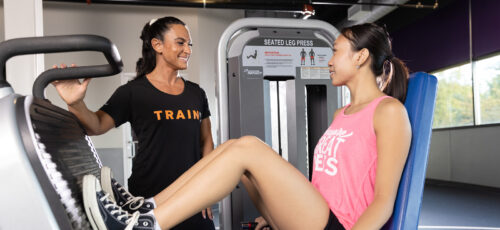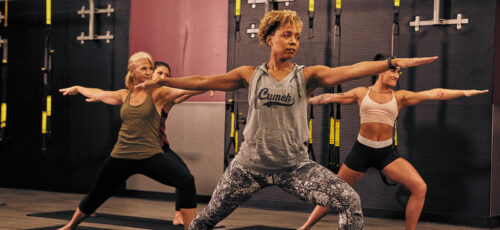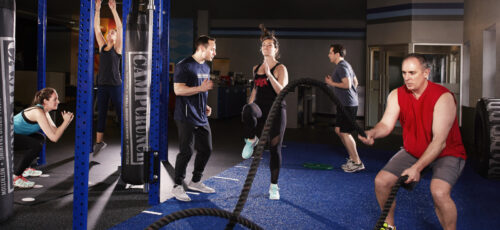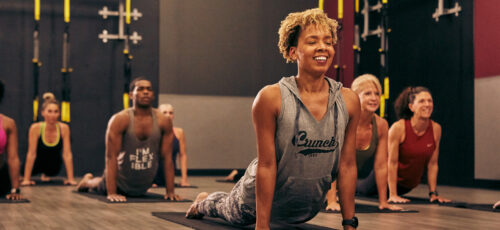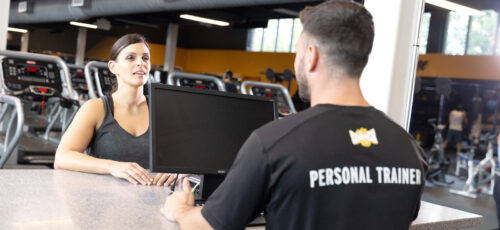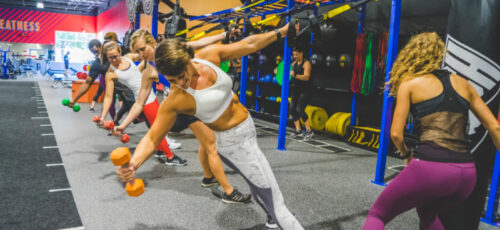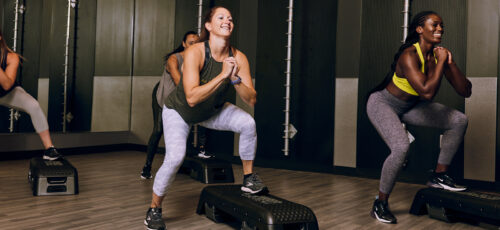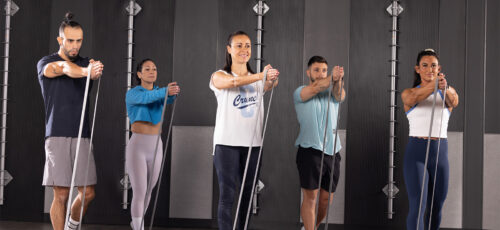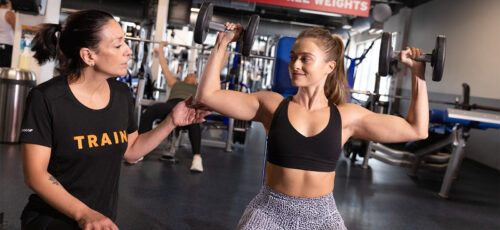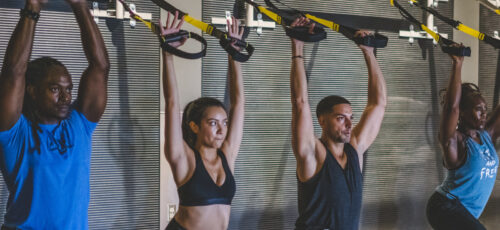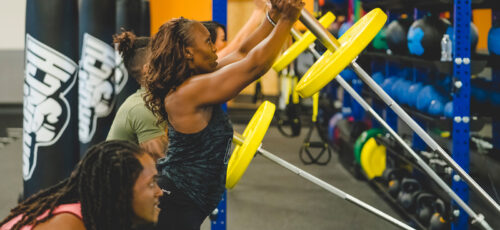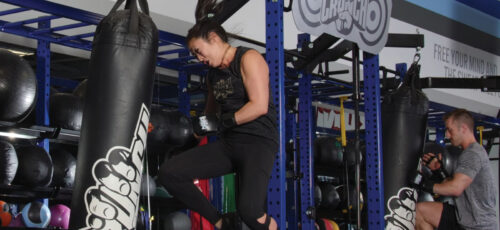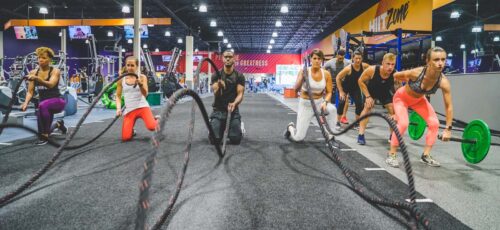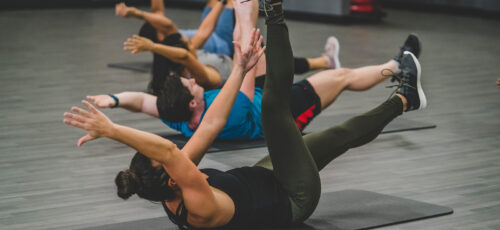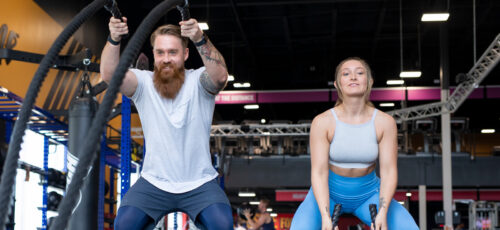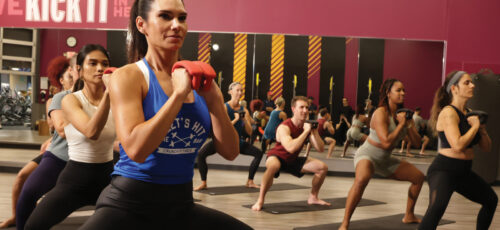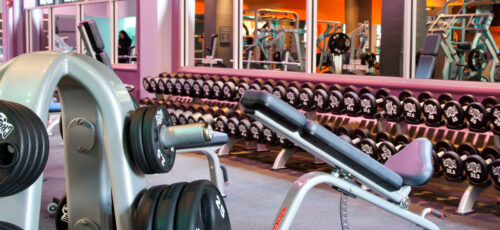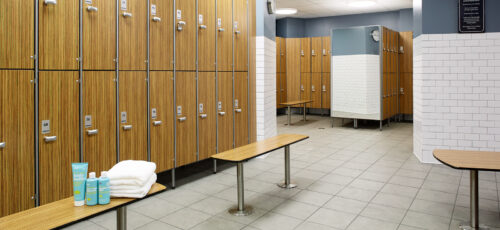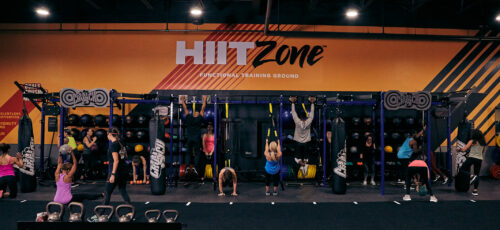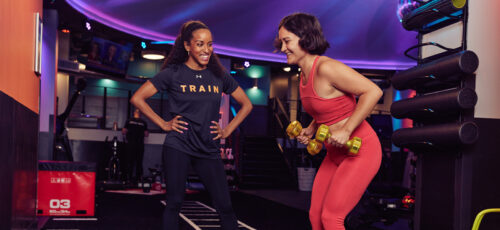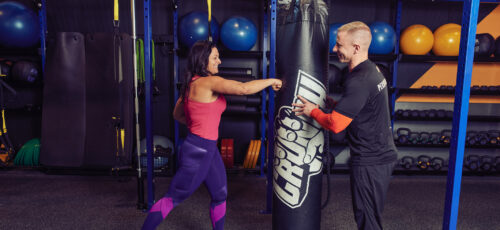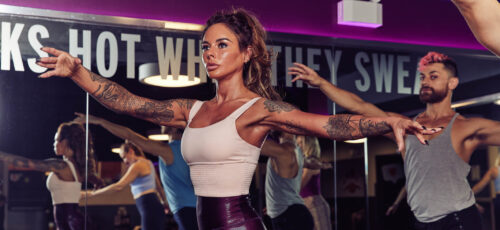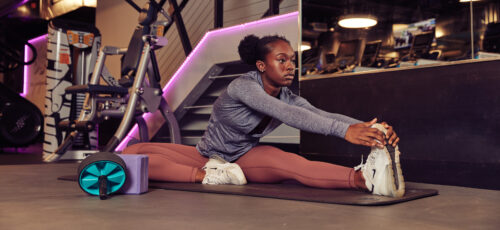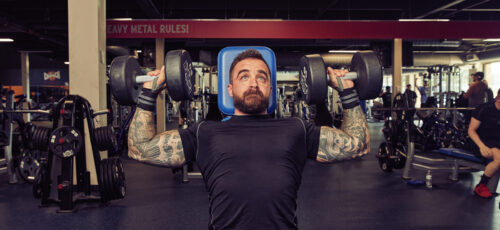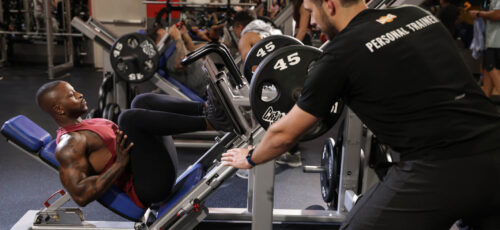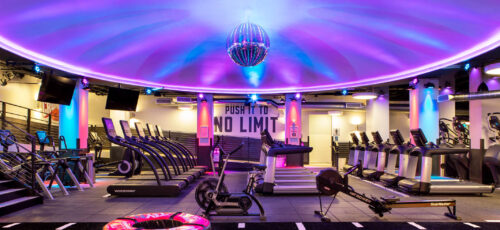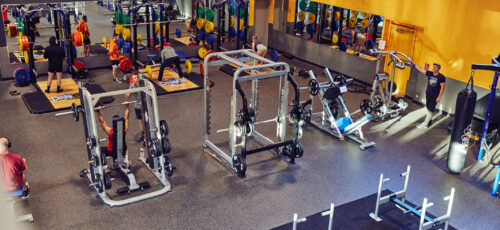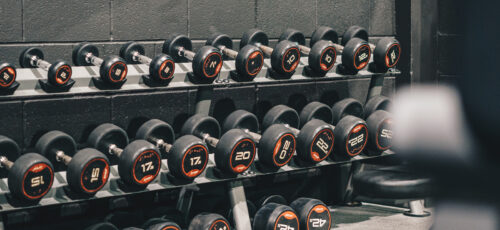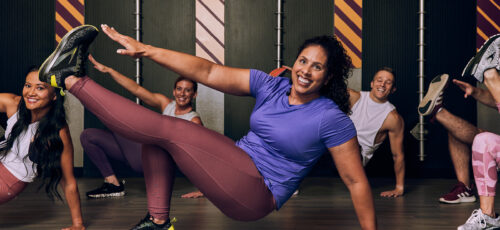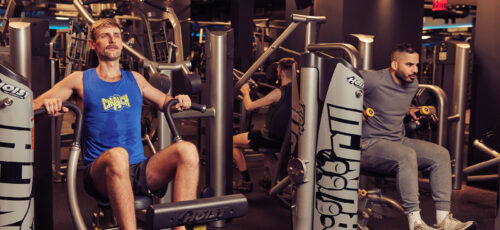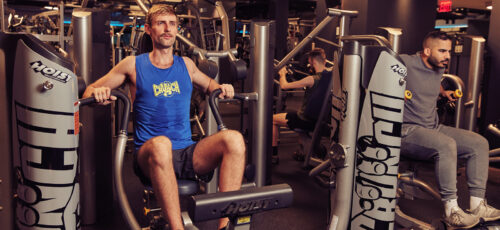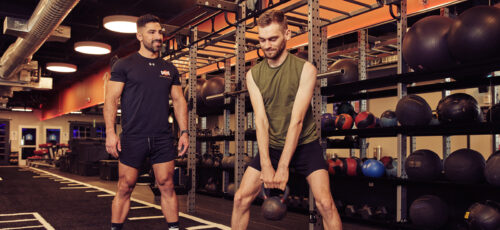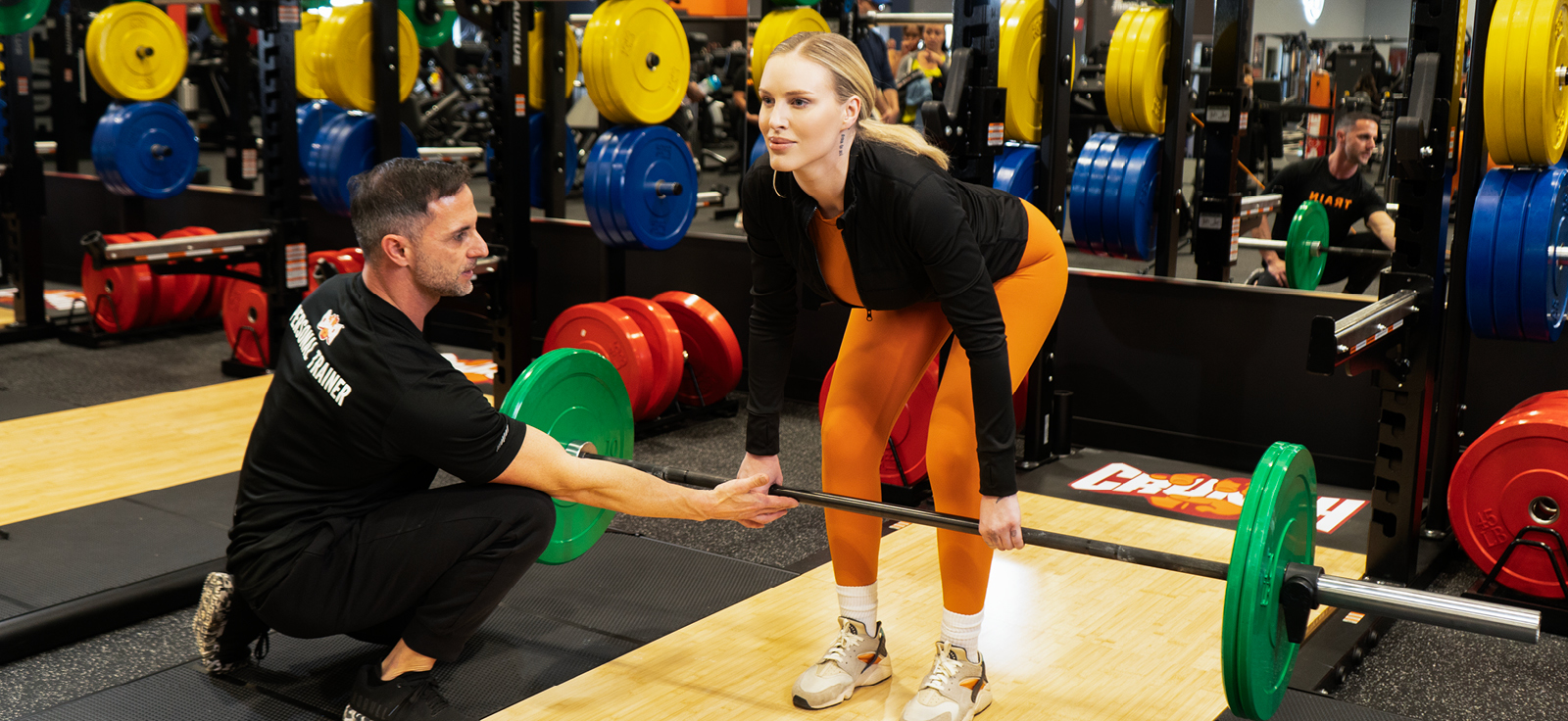
So, you’re ready to pack on muscle, build strength, and take your workouts to the next level? Whether you’re a beginner stepping into the gym for the first time or an advanced lifter looking to refine your training regimen, the right gym workout routine for muscle gain is key to achieving serious strength gains.
But let’s be real—building muscle isn’t just about lifting heavy weights or doing the same workout over and over. It’s about progressive overload, hitting the right exercises at the right training frequency, and allowing for adequate recovery so your body repairs and grows stronger. That means incorporating a mix of compound exercises like bench press, pull-ups, and overhead press, plus isolation exercises to target specific muscle groups.
In this guide, we’ll break down the best muscle building program, covering everything from push pull legs splits to full body workouts, so you can train smarter, not just harder. Ready to gain muscle, lose fat, and crush your fitness goals? Let’s dive in.
Understanding Muscle Growth
Muscle growth, or muscular hypertrophy, happens when your muscles go through stress and repair themselves to come back stronger. Every time you hit the gym for an intense workout, whether heavy lifting or bodyweight movements like push-ups and pull-ups, you create tiny tears in your muscle fibers.
Your body then repairs these fibers, making them larger and stronger over time. But for this process to work, you must train smart, not just hard.
The key to muscle development is progressive overload—which means consistently increasing weight, reps, or intensity in your training sessions. If you keep doing the same workout with the same resistance, your muscles stop responding.
That’s why compound movements like bench press, overhead press, and walking lunges should be the foundation of your workout plan, hitting multiple muscle groups at once for maximum strength gains.
But don’t ignore isolation exercises, either. Targeting specific muscle groups, like biceps curls or leg extensions, helps create balance and definition.
Beyond lifting, adequate recovery is just as important. Your muscles repair and grow when you rest, not while you train. That means scheduling rest days, getting enough sleep, and following a proper nutrition plan with enough protein to fuel new muscle growth. And remember, building muscle isn’t an overnight process.
Your body’s ability to gain strength depends on genetics, diet, age, and hormones. Still, a solid gym workout routine for muscle gainwill put you on the right track. Stick with it, increase intensity, and let’s get to work.

Designing an Effective Workout Plan for Gaining Muscle
Creating the right gym workout routine for muscle gain is all about balance—hitting the right exercises, training with proper form, and allowing for adequate recovery.
A solid workout plan should focus on compound exercises, isolation exercises, and mastering techniques to maximize muscle growth and prevent injury.
Compound Exercises: The Foundation of Strength
Let’s start with compound movements—these are your heavy hitters, working multiple muscle groups simultaneously. Think bench press, overhead press, pull-ups, and walking lunges.
These exercises engage your core muscles, build overall strength, and stimulate muscular hypertrophy more efficiently than just focusing on one specific muscle group at a time.
If you want to gain muscle fast, compound lifts should be the backbone of your training regimen.
Isolation Exercises: Targeting Specific Muscle Groups
While compound movements build mass and strength, isolation exercises like bicep curls, tricep extensions, and leg curls help fine-tune your muscle development by targeting specific muscle groups.
They’re great for fixing imbalances, improving muscle definition, and ensuring optimal muscle growth. Pairing compound and isolation exercises in your muscle building program will help you achieve a well-rounded physique.
Proper Form and Technique
None of this matters if you’re not training with proper form. Sloppy reps won’t just stall your progress—they can lead to injuries that set you back for weeks.
Whether lifting heavy weights or working on bodyweight exercises like push-ups, focus on controlled movements and progressive overload. If you’re unsure, personal training or a personal trainer can provide proper guidance to refine your technique.
7 Benefits of Building Muscle Mass
Building muscle isn’t just about looking good—it’s about feeling stronger, healthier, and more capable daily. Whether your goal is to gain muscle, boost your metabolism, or improve overall performance, strength training plays a huge role in physical and mental well-being.
Let’s explain some key benefits of adding muscle to your body.
1. Increased Strength and Power
When you build muscle mass, you naturally become stronger. This makes everyday tasks much easier, like carrying groceries, climbing stairs, or lifting heavy objects.
In the gym, you’ll notice improvements in compound exercises like bench press, overhead press, and pull-ups, helping you push through intense workouts and reach your fitness goals faster.
2. Boosted Metabolism & Fat Loss
Muscle is metabolically active, meaning it burns more calories at rest than fat. The more muscle groups you develop, the more calories your body naturally burns—even when you’re not working out!
If you want to lose fat while maintaining strength, a structured gym workout routine for muscle gain can be a game changer.
3. Stronger Bones & Injury Prevention
Lifting heavy weights doesn’t just strengthen muscles—it strengthens bones, too. When you perform resistance training like walking lunges or push-ups, your bones adapt by becoming denser. This lowers the risk of fractures and conditions like osteoporosis as you age.

4. Improved Insulin Sensitivity & Heart Health
A well-structured muscle building program improves insulin sensitivity, helping your body regulate blood sugar levels more efficiently. Plus, strength training has been linked to better heart health by reducing body fat and supporting a strong cardiovascular system.
5. Better Endurance & Faster Recovery
Muscle isn’t just about raw strength—it also helps with muscle endurance. The stronger you get, the longer you can perform without fatigue. Plus, adequate recovery between training sessions helps prevent muscle repair delays, reducing slower recovery times.
6. Mental Health & Confidence Boost
Beyond the physical benefits, strength training can seriously improve mental health. Regular workouts release endorphins, reducing stress and anxiety while boosting self-confidence. Watching your strength increase over time is a huge motivator to stay consistent with your workout plan.
7. Stay Strong for Life
As we age, we naturally lose muscle, impacting mobility and independence. However, progressive overload and proper nutrition can slow this process, keeping you strong and active well into your later years. Whether you’re a beginner or an advanced lifter, the benefits of building muscle go far beyond the gym—so stick with your training regimen, lift smart, and enjoy the long-term rewards.
Top Exercises for Muscle Gain
Building muscle goes beyond lifting heavy weights—it requires a smart approach that combines the right exercises, proper recovery, and strategic training. Whether you’re sticking to a push-pull-legs split, a full-body routine, or a high-intensity program, focusing on compound exercises is one of the most effective ways to develop muscle mass efficiently.
When it comes to strength training, some exercises stand above the rest. These movements work multiple muscle groups simultaneously, help with muscular hypertrophy, and improve overall muscle development. Let’s explain the best exercises to gain muscle and why they should be staples in your training regimen.
Deadlifts: The Ultimate Strength Builder
The deadlift is one of the best compound movements you can do. It works your core muscles, back, legs, and arms, making it an all-around powerhouse for muscle building. Proper form is crucial here—keep your back straight, engage your core muscles, and drive through your legs.
Tip: If you’re new to deadlifts, start with lighter weights and focus on form. A personal trainer can provide proper guidance to avoid injuries.

Squats: The King of Leg Exercises
Squats are essential for lower body development and hitting multiple muscle groups in one go. They target your quads, hamstrings, glutes, and core muscles, making them an ideal exercise for muscle gain and strength gains.
Tip: To maximize results, go for deep squats while maintaining proper form—keep your chest up and knees aligned, and don’t rush the movement.
Bench Press: The Upper Body Powerhouse
The bench press is a staple in every muscle-building program for developing a strong chest, shoulders, and triceps. This compound exercise is a go-to for anyone looking to increase the intensity of their upper-body workouts.
Tip: Don’t bounce the bar off your chest! Slow and controlled reps are key for optimal muscle growth and preventing injuries.
Overhead Press: Build Shoulder Strength
The overhead press targets the shoulders, triceps, and upper chest, helping with muscle development and strength. Whether you’re using a barbell or dumbbells, this movement is perfect for improving upper body strength and muscular hypertrophy.
Tip: Engage your core muscles to avoid arching your back. This keeps your movement efficient and protects against lower back strain.
Pull-Ups/Chin-Ups: Mastering Bodyweight Strength
Pull-ups and chin-ups are excellent pull exercises that build your back, biceps, and core. These movements challenge your muscle groups in a way that machines can’t, promoting new muscle growth and body control.
Tip: Can’t do a full pull-up yet? Use resistance bands or assisted pull-up machines to build strength over time.
Rows: Strengthen Your Back
Rows, whether with a barbell, dumbbells, or a machine, are critical for muscle repair and development in your upper and mid-back. Strong back muscles contribute to better posture and progressive overload in other lifts.
Tip: Avoid using momentum—keep the movement controlled to fully engage the muscles.
Nutrition for Muscle Growth
- When building muscle, it’s essential to consider a balanced diet of protein-rich consumption, carbohydrates and fat for exercise, and hydration for muscle repair.
- Achieving optimal muscle growth requires more than just a well-designed training program.
- A diet rich in protein is essential for facilitating muscle tissue growth and aiding in post-exercise recovery.
- Incorporating foods such as eggs, meat, and protein powder into your diet can guarantee that the necessary amino acids are readily available in your diet for muscle development.
- Carbohydrates play a pivotal role in providing the energy required to lift heavy weights and perform intense workouts.

Creating Your Perfect 3-Day Workout Split
Before starting your 3-day workout split, you must understand your starting point and goals. Whether your goal is to build muscle, lose fat, increase strength, or improve overall fitness, understanding your current fitness level will help you design a workout plan that’s both effective and sustainable.
Once you’ve defined your goals, it’s time to select exercises that target all major muscle groups. A solid three-day split should include compound exercises for overall strength and isolation exercises to fine-tune specific muscles. Incorporating strength training, hypertrophy-focused movements, and even a bit of cardio can help create a well-rounded program.
Next, organize your training sessions strategically. A popular method is:
- Push Day: Chest, shoulders, and triceps
- Pull Day: Back and biceps
- Leg Day: Quadriceps, hamstrings, calves, and glutes
This structure ensures balanced muscle growth and allows for adequate recovery between sessions.
Finally, decide on your sets and reps based on your goals. If you aim for strength gains, weigh heavier weights with fewer reps. For muscle growth, use moderate reps with challenging weights. And for endurance, opt for higher reps with lighter resistance. No matter what, always focus on progressive overload to keep improving.
Reach Your Fitness Goals With Crunch
To build muscle, focus on progressive overload, adequate rest, and proper nutrition. Stick to a structured gym workout routine for muscle gain, challenge yourself with more complex exercises, and don’t neglect recovery time. You’ll see serious strength gains with consistency and the right training sessions.
Crunch promotes a culture of positivity, inclusivity, and fun with no judgments by providing an environment for all individuals regardless of their health and fitness goals. Find a Crunch gym near you to try our free trial membership, or join Crunch now. We’re here for you – at the gym or at home. Access the best live & on-demand workouts anytime, anywhere with Crunch+. Ready to get sweaty? Try hundreds of workouts for free! Start your free trial now!











